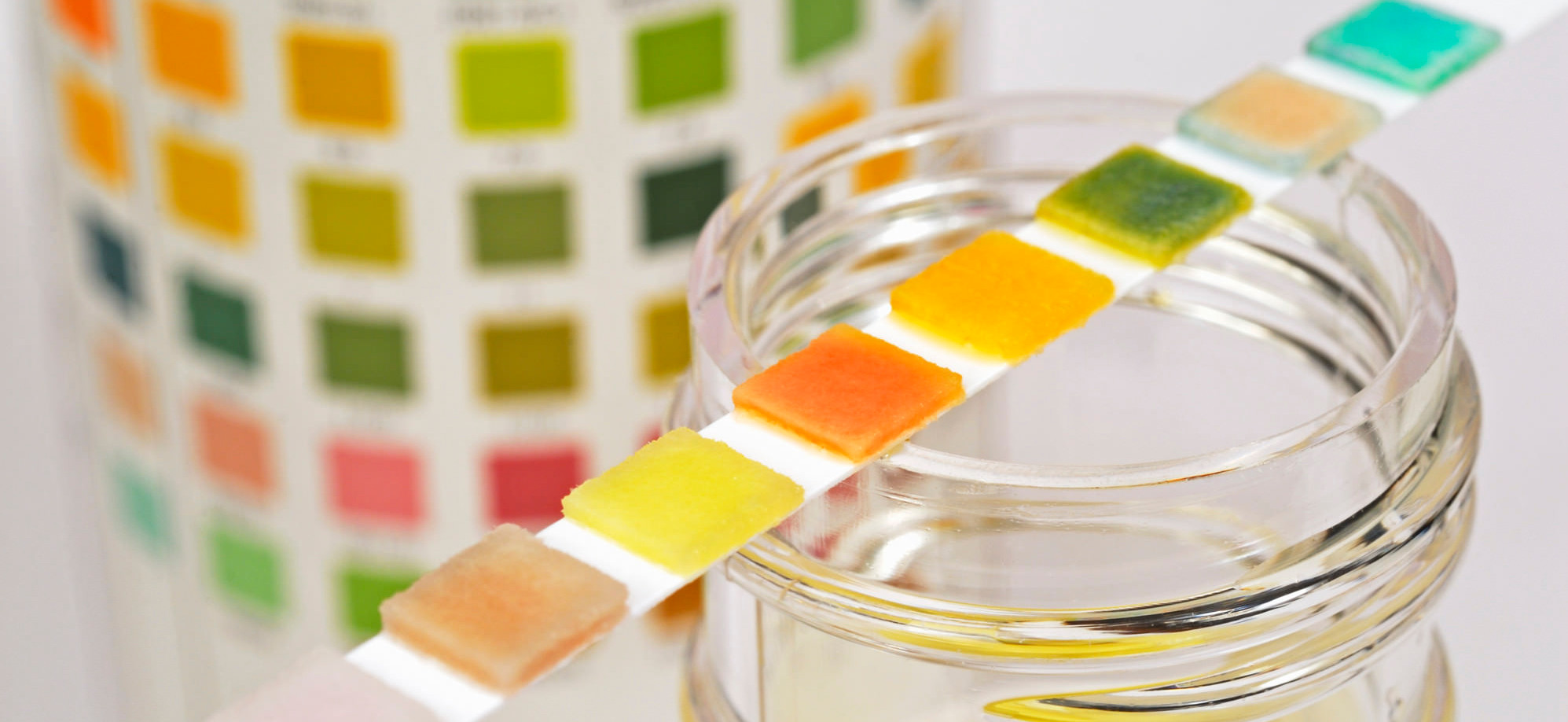Here comes the long-awaited pregnancy. Ahead is not only a wonderful nine months of waiting, but also a great responsibility that rests on the shoulders of the future mother. She must control her condition in order to provide the baby with everything necessary for development.
Your doctor can and should receive primary information about the course of pregnancy and possible complications from examining a pregnant woman on a chair, but perinatal diagnosis does not end there. The doctor must also issue directions for tests (you will take them throughout the entire period).
So, urinalysis during pregnancy.
Why is he so important? The fact is that, firstly, the load on the genitourinary system increases almost 2 times (the kidneys must remove not only the metabolic products of the mother, but also the fetus), and secondly, they experience significant discomfort, because the child and the uterus squeeze them, push back, interfere with normal functioning.
In the evening before collecting the material, refuse to take foods that can change the color of urine (beets, blackberries, watermelon; carrots, for example, can color urine bright orange, almost orange, and asparagus green). Maybe there are people among your acquaintances who boasted in the 90s of green or blue urine ?? These are the ones who "dabbled" at that time with chemical drinks like Yuppie. So be careful with this, because the non-standard appearance of urine will make both you and your doctor nervous. Also, do not drink diuretics at night, recalls the site shop-ultra.ru.
For a general urine test, an average portion of morning urine is taken. Of course, before collecting the analysis, you need to wash the urine container and wash the genitals in order to exclude the falsity of the analysis. It is necessary to deliver urine to the laboratory as soon as possible, after 2 hours its destruction begins, which also leads to a distorted picture. For the most part, the indicators of "pregnant" urine are practically no different from the results of an analysis of a healthy person.
What is urine tested for?
First, its physical properties are examined, for example, color, smell, transparency, reaction, relative density. Normally, urine should be transparent, turbidity indicates the presence of bacteria, red blood cells, salts, mucus, which is not normal. Urine should be a pale straw or bright yellow color. Red, brown, green, blue urine indicates either taking medications or the presence of any disease.
Urine odor is also examined . Here are a few examples: an ammonia smell indicates infectious processes, the presence of ketone bodies (acetone) or kidney stones. A sweet smell of urine indicates diabetes mellitus, a musty smell of phenylketonuria, a smell of rotting fish to trimethylaminuria, etc.
The acidity of urine is usually in the range of 5.0 - 7.0 and varies depending on the food consumed and physical activity. pH increases in case of violation of the functioning of the kidneys or parathyroid glands, and decreases in case of dehydration, toxicosis, accompanied by vomiting, etc.
If the physical properties of urine cause any concern, do not rush to panic and take medication, be sure (!) Retake the analysis, eliminating possible factors of influence.
, the presence of protein is also checked . Only the presence of a small amount of protein is considered the norm, otherwise it indicates a pathology of the kidneys, inflammation of the kidneys (pyelonephritis), inflammation of the bladder (cystitis), nephropathy of pregnant women, which disrupts the normal functioning of the placenta, as a result of which the fetus does not receive enough oxygen and nutrition.
If protein is found in your urine, in no case self-medicate, do not take medications such as Monural, Monurel, Cyston, Kanefron. Be sure to take the test again and consult a nephrologist and urologist.
In a healthy person, glucose (sugar) in the urine; its presence may indicate diabetes mellitus or acute pancreatitis. The presence of ketone bodies in the urine also indicates diabetes mellitus and early toxicosis of pregnant women.
Urine during pregnancy is also checked for salt . Firstly, they change the transparency of urine, it becomes cloudy and contains impurities of salts (phosphates, urates, calcium oxalates). During the normal course of pregnancy, the amount of salts in a woman's urine decreases several times. This is due to the fact that the child's skeleton is formed from phosphoric acid compounds. Therefore, an increase in salts indicates a malfunction in the genitourinary system. In the presence of phosphates, urine is called alkaline, in the presence of urates (salts of potassium, sodium, calcium, magnesium) - acidic. However, be vigilant and pay attention to your diet. A shift in the reaction of urine to the acidic side is possible with excessive consumption of protein (meat), and in the alkaline one - with the use of fresh vegetables, fruits and dairy products. Therefore, if urinalysis was good throughout the pregnancy, and phosphates were found in the summer-autumn period, perhaps this is simply due to the consumption of fruits in large quantities.
Leukocytes in the urine . The urine of a healthy person contains 0 - 4 leukocytes per field of view. The fewer of them, the better, because an increase in leukocytes indicates an inflammatory process in the urinary tract or an infection (pyelonephritis, cystitis, bacteria). Read our article on BiWomen.ru about the dangers of cystitis during pregnancy.
However, a slight excess of white blood cells during pregnancy can also be associated with the activity of hormones, but if this level still remains high for a long time, there may indeed be some kind of infection.
If the doctor saw deviations in the general analysis of urine, you may be sent for urinalysis according to Nechiporenko or Zimnitsky. These are special analyzes, the results of which show in more detail the development of infectious processes at different levels of the urinary system.
Today, home tests are also gaining popularity - such paper strips that change their color when there is protein, leukocytes, ketone bodies, etc. in the urine. With their help, you can control your condition and consult a doctor if necessary.
The article was prepared for the BiWomen.ru website.








